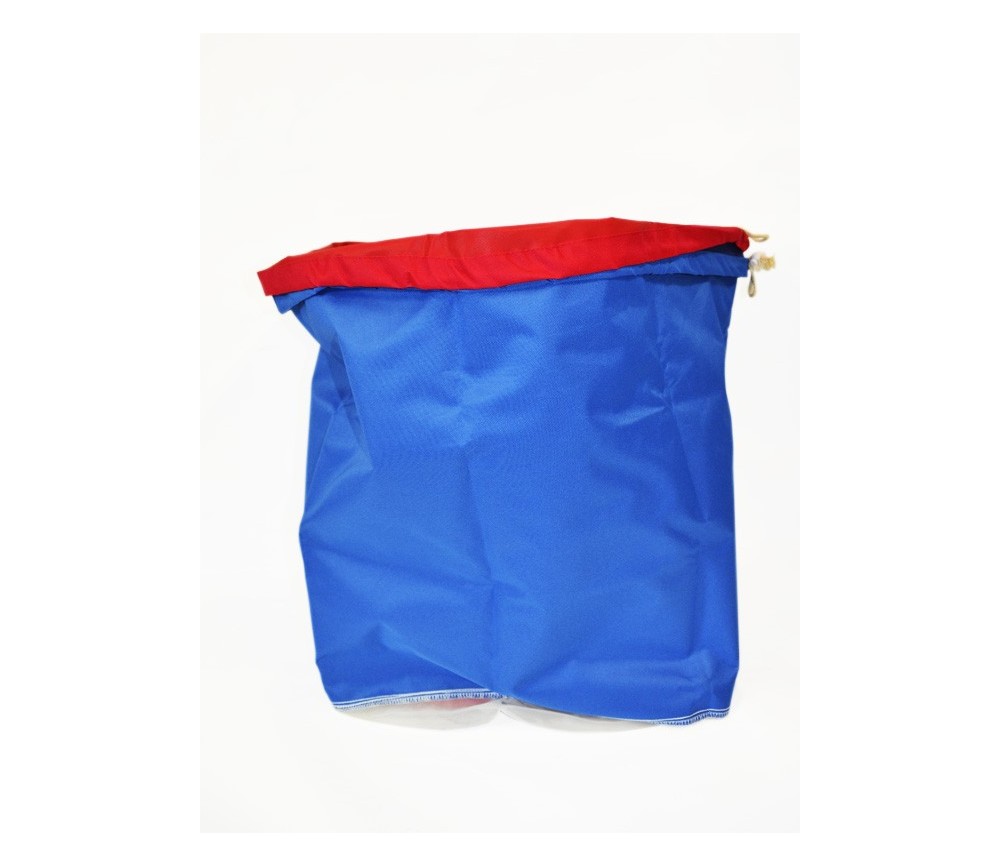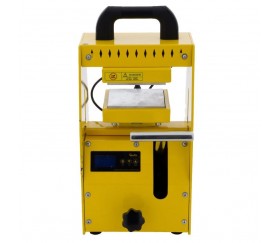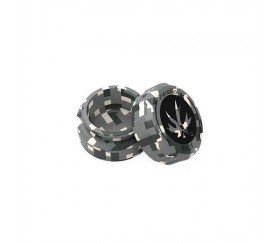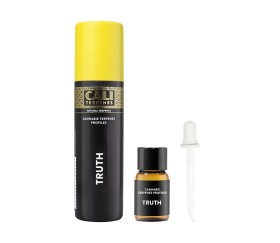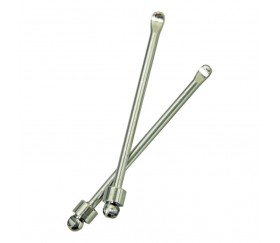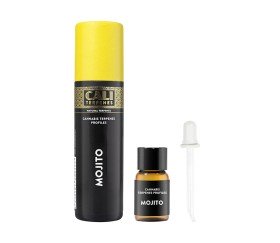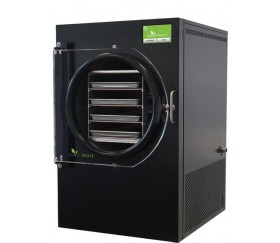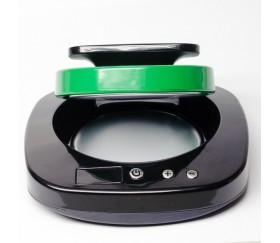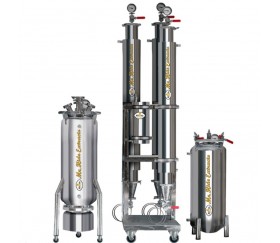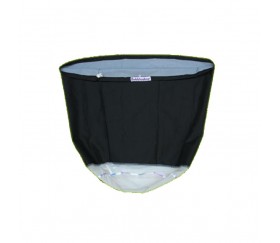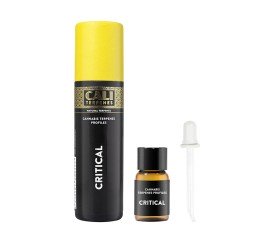2 Extractor meshes of 220-70 microns. Perfect for indoor Cannabis. Mesh diameter 30 cms, 200gr capacity. Suitable for a 30-litre water tub.
Introduction:
The Ice-O-Lator is a simple, pure method of extraction through the use of cold water and ice. Employing a double mesh ensures that the end product is of prime purity, with all dust particles and plant waste left behind in the water.
The key to the process is the water temperature, which should be exactly zero degrees Celsius. Of course, the amount and quality of the final product depend on what you put in it. Use buds, as massive leaves aren't rich in resin. Also ensure that there are no tough Branches inside that could potentially damage the bags or block the blender.
You'll need:
- A 30-litre tub
- A kitchen blender or a wooden spatula
- Absorbent kitchen paper.
- 5 kilograms of ice.
Procedure:
1) Fill the tub with ice and cold water, up to 15 cm from the edge. Place the bags inside. Start with the finest mesh and then the thicker one. Ensure there's no space between the bags and the tub. The meshes should hang straight down to create optimal space. Put the meshes over the tub's rim and pull the drawstring tight.
2) Place the plant material in the Ice-O-Lator (The colder, the better):
The resin requires ample room in the bag to fall down. If the mesh is overfilled, it may block up. For optimal results, put the ice on top of the leaves to ensure the leaves will be submerged.
3) Fill the tub with water to about 5 cm below the rim, leave the mixture soaked for around 15 minutes for cooling and wetting thoroughly. The ideal process temperature ranges from 3 to 5°C.
Make two holes in the tub lid to insert the blender. After soaking, move the ice under the leaves, put the lid with the blender on the tub, and turn it on the lowest speed. Blend for 15 minutes, pause the blender, and open the lid. Pull all the plant material from the edges towards the center. Let the Iceolator rest for 5 minutes to allow the resin to sink. Then, turn on the blender again.
Keep repeating this process until all leaves have been blended and are floating around in the tub. Normally, this would take about an hour and a half.
4) When the process is complete, remove the large mesh with the leaves, and let the water drain. Always work cleanly, ensuring that any crystals that have fallen through the first bag do not stick to the outer part of the bag. Rinse gently with a little water and ensure they fall into the fine mesh bag.
You can now put the next batch of plant material inside. You can run it up to five times. Put the large mesh in the tub and repeat from step 2.
5) Remove the fine mesh and let the water drain out. If the mesh clogs, that's a good sign. Hold the bag and shake it upside down, moving the lump of resin from the left to the right and back. The water will find more room to fall.
Once the water has drained out, the resin will remain on the screen. If it's noticeably dirty (has a greenish color), rinse carefully with cold water. The mesh pieces still hold resin. Wrap a thick layer of kitchen paper around the mesh, your weight will push out the water. The remaining water in the tub contains all the soluble nutrients of the plant, making it an excellent fertilizer.
6) Detach the resin from the mesh, crumble it on a smooth surface for drying. The Iceolator may be cleaned with cold water immediately after use. If the crystals have dried on the screen, use 96% alcohol for cleaning.
Any remaining moisture needs to be removed from the resin straight away, or it will start to rot. The easiest way is by squeezing it by hand until you get a solid ball. Continue squeezing and pressing, and you will start to see water on your hand. If it becomes too sticky to handle, briefly freeze the resin to prevent this. To remove the last bit of moisture, flatten the ball as much as possible and put in the freezer. When you freeze the water, it'll expand in volume, and will show up on the surface of the glass lump. Simply clean it up.
When you press the resin oil, it'll break, and oil will come out. The mixture will turn dark. Only the resin from very fresh leaves or for example from 'white' plants will always remain clear. This is of a very special quality.
